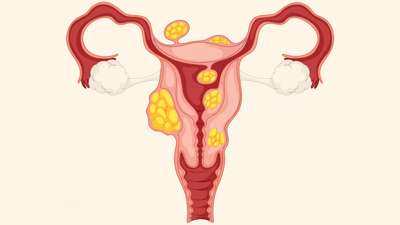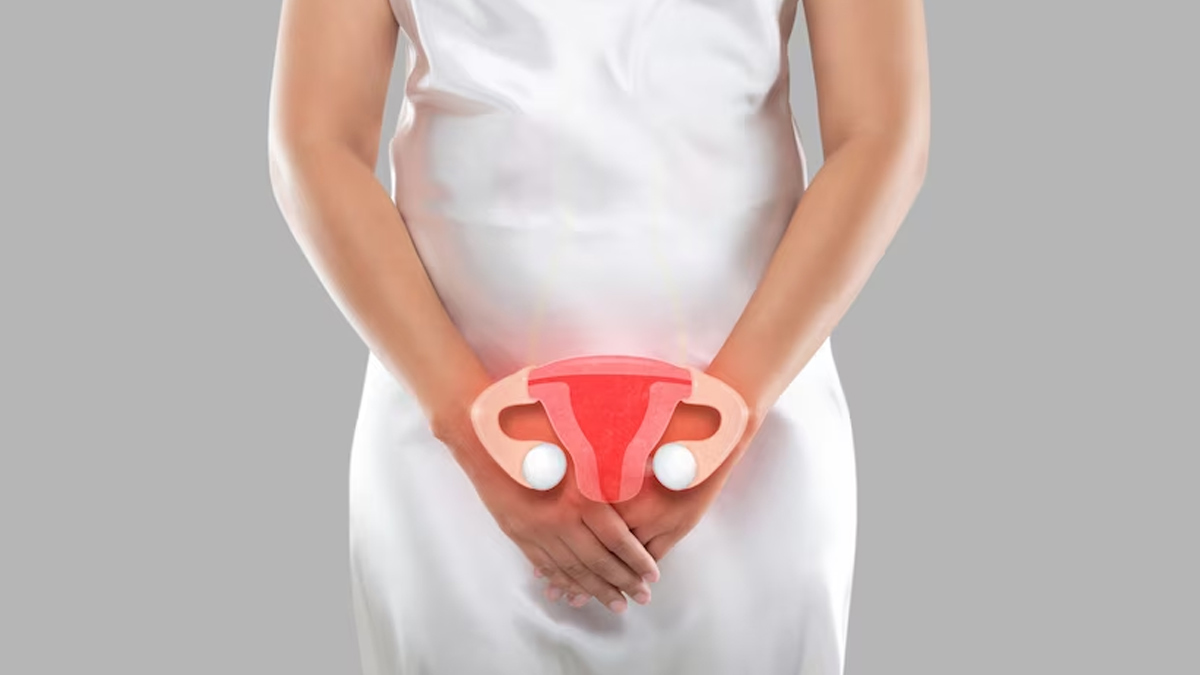
Fibroids, also known as uterine leiomyomas, are noncancerous growths that form within the uterine walls. Fibroids afflict a large number of women globally, even if they may not usually cause apparent symptoms.
Table of Content:-
What Are Fibroids
According to Dr Manjula S. Patil, Consultant Obstetrician & Gynaecologist, Motherhood Hospitals, Bangalore, fibroids are typically benign tumours composed of smooth muscle cells and fibrous connective tissue. They can vary in size, ranging from small, barely visible nodules to larger growths that can distort the shape of the uterus.

Causes Of Fibroids
As per Dr Patil, there are a few factors that raise the risk of having fibroids in women, such as:
- Obesity Early menstruation (10 years)
- Fibroid hereditary/family history
- Nulliparity (the unborn child)
- Increased blood pressure at a younger age
Also read: When Is Hysterectomy or Uterus Removal Surgery Performed?
Symptoms and Impact on Health
According to the NHS, many women with fibroids experience no symptoms and may remain unaware of their presence. However, when symptoms do arise, they can be diverse and impact a woman's quality of life.
Common signs of fibroids include
- Menstrual Changes: Heavy, prolonged, or irregular menstrual periods are often observed, leading to anaemia in some cases.
- Pelvic Discomfort: Fibroids can cause pelvic pain, pressure, or a feeling of fullness.
- Urinary and Bowel Symptoms: Increased frequency of urination, urinary incontinence, constipation, or difficulty emptying the bladder may occur due to the proximity of fibroids to these organs.
- Reproductive Issues: Fibroids can cause infertility, recurrent miscarriages, or complications during pregnancy, such as preterm labour or breech presentation.

Treatment Options
The management of fibroids depends on various factors, including the severity of symptoms, the size and location of the fibroids, a woman's desire for future fertility, and overall health.
Treatment options may include:
Hysterectomy
In severe cases, or when fertility is no longer desired, the surgical removal of the uterus (hysterectomy) may be considered. This can be performed by conventional techniques or laparoscopy.
Myomectomy
A myomectomy is the surgical removal of the tumour only, leaving the uterus behind. This is the technique of choice for younger women who have not yet had a family or when the fibroid is the reason for infertility.
Myomectomy is performed by laparoscopy (keyhole surgery), hysteroscopy (through the uterine cavity), or standard cut open surgery, depending on the location of the fibroid, the patient's general condition, and the surgeon's expertise.
Also read: Home Remedy for Fibroids: Shrink Fibroids With Apple Cider Vinegar
Minimally invasive surgical modalities: These are procedures that aim to reduce the size of the fibroid by either cutting off the fibroid's blood supply (Uterine artery embolisation) or using focused ultrasound energy to generate heat and destroy the fibroid (HIFU- MRI guided High Intensity Focussed Ultrasound).
How we keep this article up to date:
We work with experts and keep a close eye on the latest in health and wellness. Whenever there is a new research or helpful information, we update our articles with accurate and useful advice.
Current Version